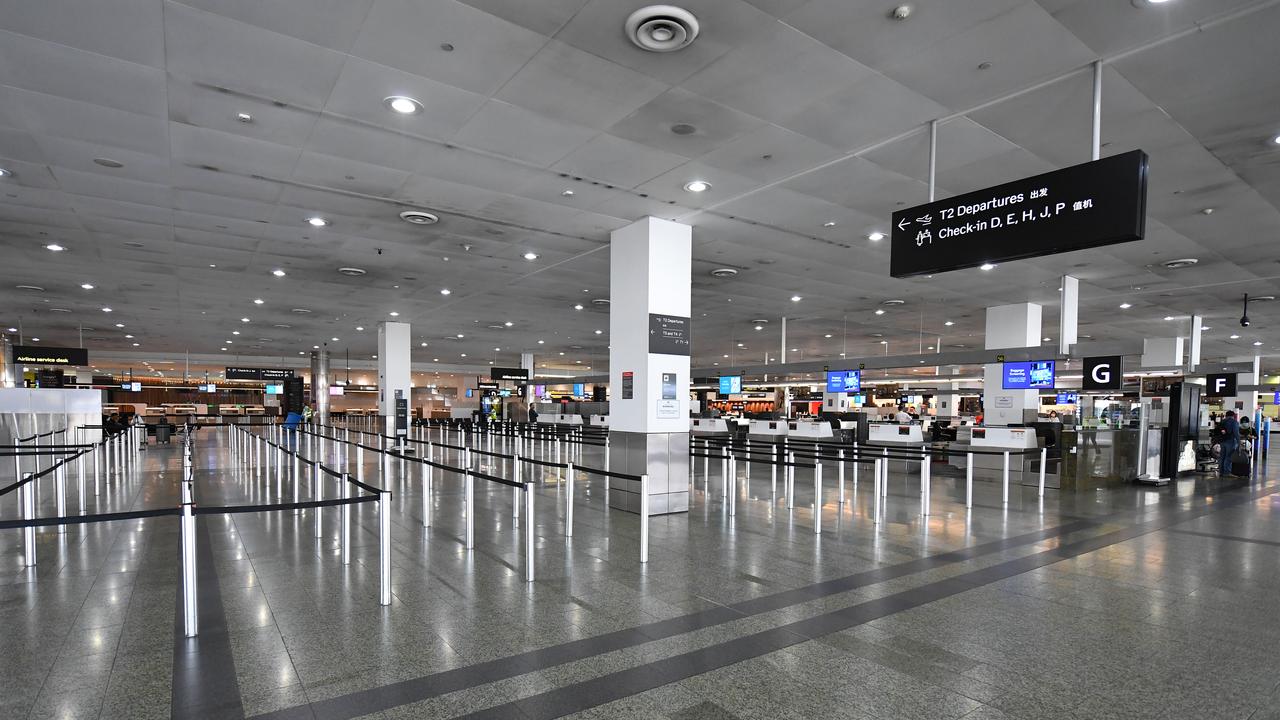

The education and training sector has long played an important role in the Australian economy, with a direct contribution of over 130 billion AUD. The tertiary education sector, in particular, has established a global repute for its excellence, developing into one of the preferred destinations for students across the world.
However, as the COVID-19 pandemic swept across the world, schools and universities had to shift to virtual teaching, introducing a new set of challenges. In particular, border closures meant that international students who were offshore at the time were unable to enter the country. In 2019, international students comprised of over 20% of the student population, and Australia reported by far the highest ratio of international students per capita in the world. Thus, border closures were bound to have a considerable effect on the tertiary education sector.

Inability to enter Australia has led to many international students choosing other study destinations, causing a drop in foreign student enrolments which has led to a loss of around 18 billion AUD to the overall economy.
Various universities have implemented measures to retain and continuously attract foreign students. Firstly, universities have smoothly transitioned into virtual learning, providing an array of online and dual-delivery models which has allowed the academic teams to carry out high quality teaching. The online learning has also been supplemented with multiple social and virtual and networking events, enabling off-campus students to continue to engage with their peers. Universities have also provided financial support for the students, including fee rebates for students studying off-campus as well as grants for both domestic and international students affected by COVID-19.
Yet, despite the measures, many international students have expressed their frustration of being unable to enter Australia, with some students transferring out to universities in other countries. Thus, the news about the border reopening will be welcomed by international students across the world.
Over the coming year, Australia is expecting to welcome back nearly 60,000 international students. While Australia’s reputation as a top international study destination has already been damaged from strict lockdown and border control measures, this presents a favourable opportunity for the higher education sector to recapture lost ground. Indeed, international students will partly choose their study destination on pandemic-related priorities, and Australia’s management of COVID-19 has been generally well received in comparison to other nations.

However, there has also been mixed reactions from international students, as while many are eager to return to Australia, they are also concerned about the potential for continued remote learning in the case of another outbreak, and a second culture shock as they try to rebuild lost local connections. Furthermore, the competition for international students is immense, with Canada and the US, having reopened borders much earlier, becoming key alternatives to Australia. Likewise, the lack of financial support from the Australian government to international students stuck in Australia during initial lockdown measures have significantly tarnished Australia’s reputation as a viable international study location.
While Australia’s border closure and loss of international students has directly cost the Australian economy $18 billion, its effects reach far beyond just the education sector, with key suburbs and economic hubs having seen dramatic decreases in population. Australian universities have long relied heavily on international students for revenue, with their high up-front fees making up 30 to 40% of universities’ overall revenue scheme. This meant that the sudden loss of international students placed universities under severe stress and resulted in the mass axing of university staff and faculty members. Furthermore, with forecasted 2022 international student enrolments being only half of 2020 enrolments, it appears that universities will continue to be financially weak if they are unable to reinvigorate international student’s desire to study in Australia.
In direct contrast, countries such as Canada, USA and UK, among others did not impose such strict restrictions permanently and international students who had been vaccinated and presented a negative COVID-19 test were still able to freely travel in and out of these countries. This led to new international students choosing alternatives like Canada, Ireland, and UK for study abroad options, as enrolling in Australian universities meant paying the same amount of tuition fees but studying online from their respective home countries. This was reaffirmed by a survey conducted by the international student recruitment firm AECC Global which found that one in three international students who intended to study in Australia have changed their preference to Canada. Moreover, there has been a 15% decline in Australia as the preferred destination to study abroad, while interest in Canada and UK surged by 36% and 21% respectively.

With Australia finally seemingly opening back up to the rest of the world, international students stuck in their respective home countries can breathe a sigh of relief, now that pilot plans are in place to bring international students into the country by the end of the year. International students are indeed a crucial part of the Australian economy, bringing jobs, money and a return to normality as we edge out of the pandemic.
The CAINZ Digest is published by CAINZ, a student society affiliated with the Faculty of Business at the University of Melbourne. Opinions published are not necessarily those of the publishers, printers or editors. CAINZ and the University of Melbourne do not accept any responsibility for the accuracy of information contained in the publication.